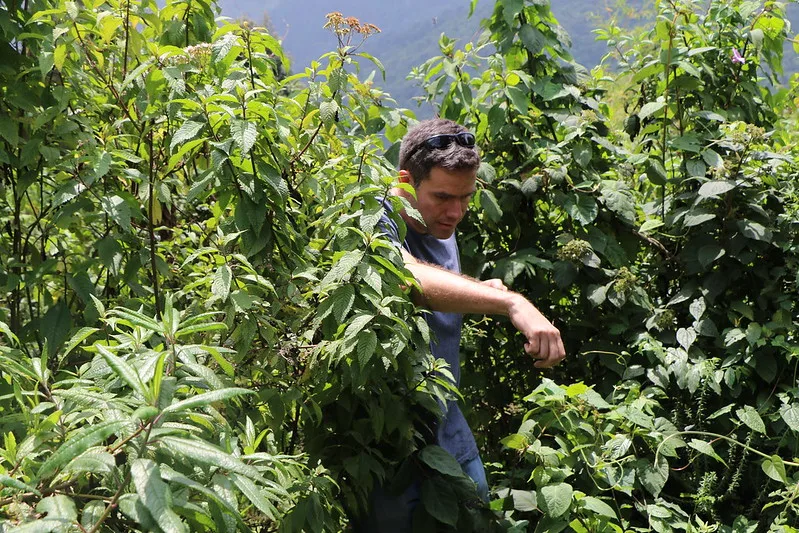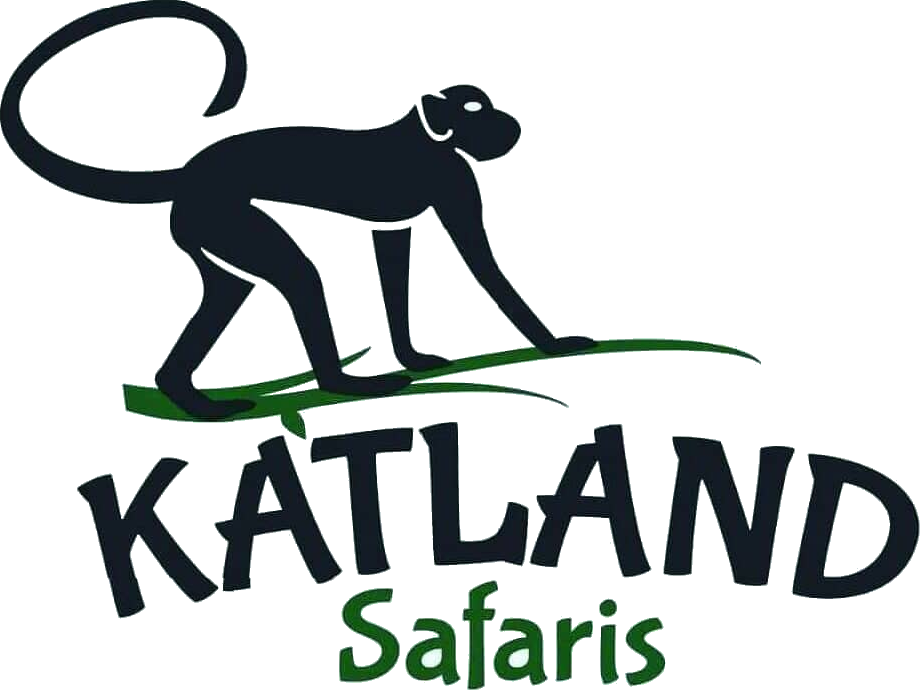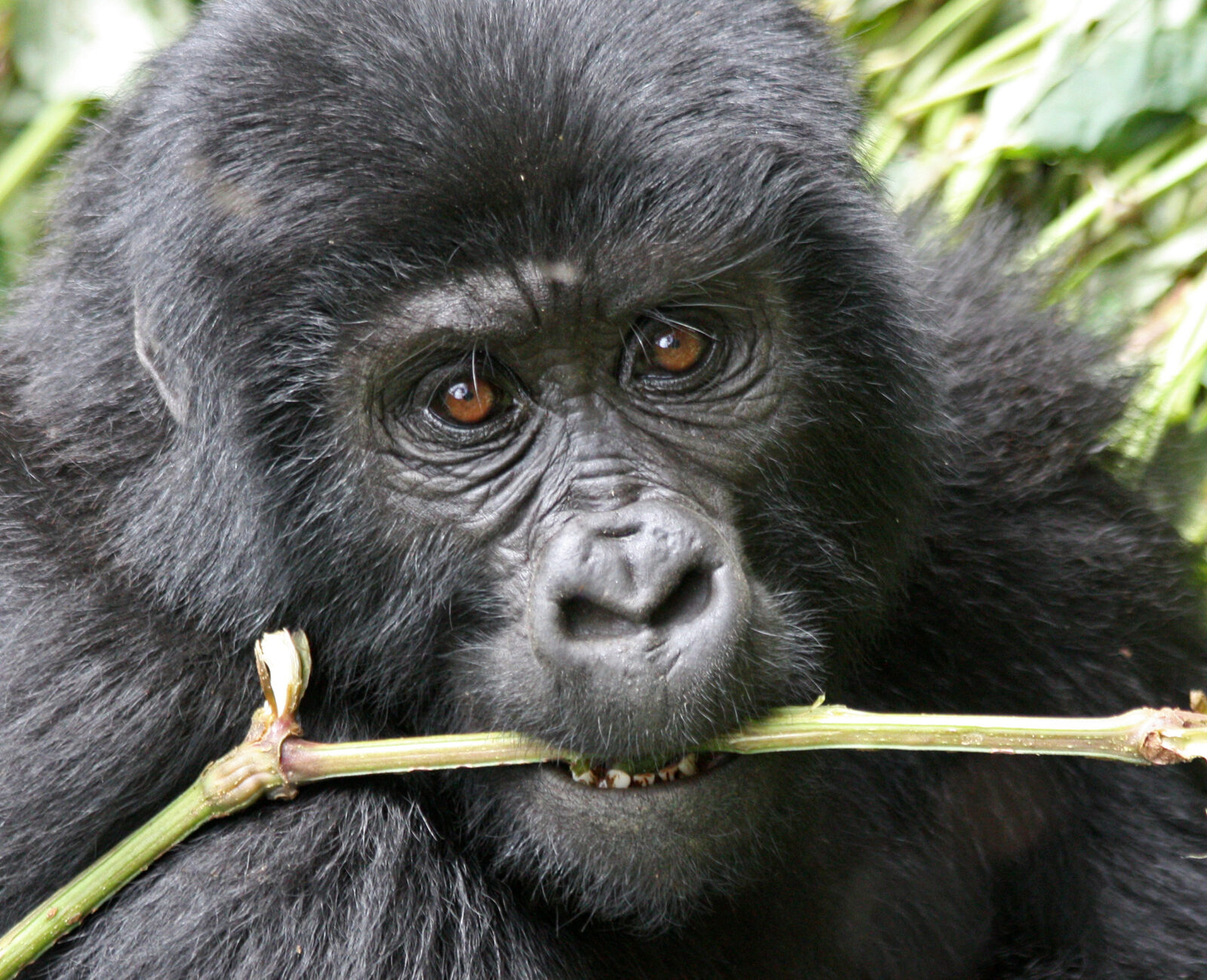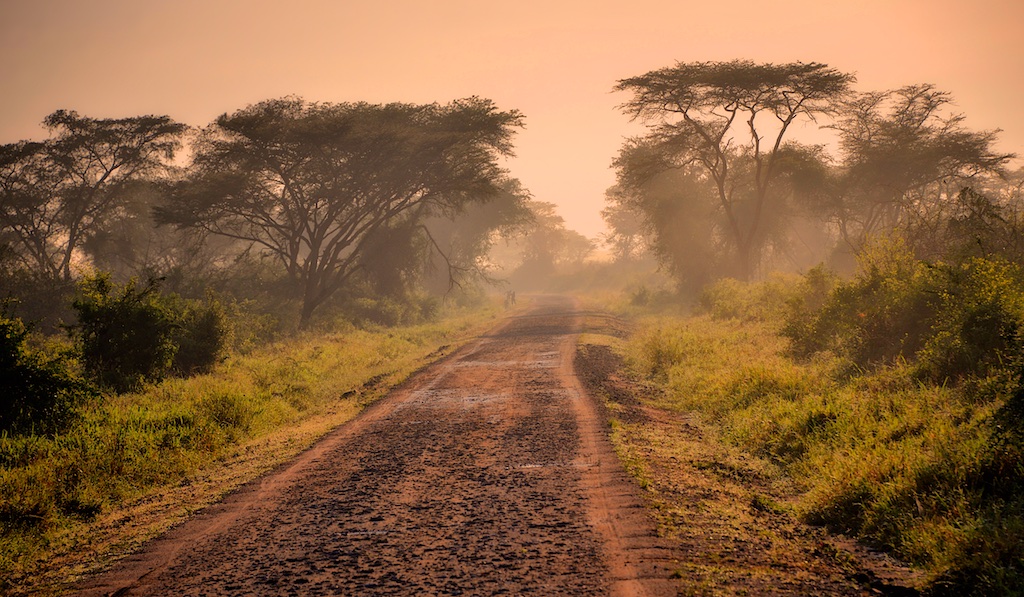How to book Chimpanzee trekking permits for Gishwati-Mukura National Park
Gishwati-Mukura National Park: How to Arrange for a Chimpanzee Permit for Hiking
You must get your gorilla permit in advance from the Rwanda Development Board in order to confirm your reservation for a chimpanzee trekking in Gishwati-Mukura National Park. Please send us an email with your confirmed travel dates so that we can check the Rwanda Development Board’s online database for chimpanzee trekking permits.
Once we find permits available for your dates, we will inform you so that you can pay for the permits. After the money is processed, we will promptly get the necessary permits and provide you with a digital copy for your records. This will serve as confirmation that you are scheduled to go chimpanzee trekking in Gishwati-Mukura National Park, Rwanda.
Chimpanzee trekking in Rwanda’s Gishwati-Mukura National Park: how much costs how much?
There is currently no defined payment for the permit, and much of the chimpanzee trekking in Gishwati-Mukura National Park is dependent on research. There are additional fees for things like transportation, lodging, and guiding in addition to the chimpanzee permits. Starting from USD23750 for a party of 2 on our 3-day Gishwati-Mukura National Park Tour, which includes everything. To get more information and to make a reservation, visit our website at www.gorilla-tracking-uganda.com.
At Gishwati-Mukura National Park, when may one most easily go chimpanzee trekking?
Though chimpanzee trekking in Gishwati-Mukura National Park is possible at any time of year, the rainiest months (October–May) are ideal for seeing these primates in their natural habitat. This is because, with food so easily accessible, chimpanzees don’t have to travel as far to find it, making for easier trekking and sightings during this time. While traveling through the forest is easier in the dry season, the paths become quite slick at this time.
The months of June through September tend to be dryer, so that could make trekking the Chimpanzees in Gishwati-Mukura National Park easier. This is due to the fact that, in contrast to the months around the rainy season, the hiking paths are drier and the foliage cover is quite thin.
The most popular thing to do at Gishwati-Mukura National Park is go chimpanzee tracking. On this adventure, you could also spot golden monkeys, blue monkeys, L’Hoest’s monkeys, baboons, and other primates, depending on the day and the route you travel through the forest.
In the morning, you will get a lecture on the rules of the park before setting out on foot with a park ranger to find the chimpanzees. Once you find them, you will spend an hour interacting with them. While trekking with the chimps in the park, you could also see some birds and other creatures.
Gishwati-Mukura National Park Offers More Than Just a Nature Walk
Enjoy a guided nature walk along the park’s designated trails and get up close and personal with the forest’s natural beauty and the species that call it home, including chameleons, insects, birds, and primates. Bamboos, ferns, Macaranga kilimand, mahogany, and orchids are among the more than sixty tree species that may be found here. Among the newly-introduced species that you will be able to see in the park are dombeya torrida, eucalyptus, hagenia abyssinica, Macaranga, and polyscias fulva.

Tracking primates
Primate tracking is the main attraction in Gishwati-Mukura National Park. Guests get an opportunity to witness baboons, L’Hoest’s monkeys, blue monkeys, and Golden monkeys on this excursion. Just like at other parks, primate tracking here begins with a safety briefing before you head out into the forest with a park ranger to look for the monkeys. Along the way, you might see birds and duikers, among other mammals.
Bird watching
Rwanda is home to some of the world’s finest birding locations, including Gishwati-Mukura National Park. The park is home to more than 232 different bird species, including 15 that are unique to the Albertine Rift. These include the Grey Crowned Crane, Martial Eagle, Mountain Yellow Warblers, the Ruwenzori Turaco, the Ruwenzori Batis, the Wood hoopoes, the Strange weavers, and the Stripe-breasted Tit.
A Poke at the Waterfall
One of the top hiking trails in Gishwati-Mukura National Park is a visit to the waterfall. This track leads to Kazeneza Waterfall, which is situated in the park’s center and offers stunning views of the surrounding area.
Pedaling along the Congo Nile Trail on two wheels.
When it comes to riding in East Africa, this path is among the top options. The route begins in the Nyungwe forest and continues along the Lake Kivu beach.
Join us for a variety of community-based activities that will bring you face-to-face with the local communities and their incredible ways of survival—from beekeeping and farm stays to live cultural dances, crafts, and the chance to learn from traditional healers. These fascinating people use plants as a supplement to modern medicine and synthetic drugs.
A guide to getting to Gishwati-Mukura National Park
The park is around a two-hour drive from Kigali. A chartered aircraft from Kigali to Gishwati-Mukura is a possibility for those interested in flying. You may combine a visit to Gishwati with gorilla trekking in Uganda since this park is accessible from both Bwindi Impenetrable Forest National Park and Mgahinga Gorilla National Park in Uganda.
Accommodations in Gishwati-Mukura National Park–Where to Stay
There are currently no campgrounds or other forms of lodging available in the national park because it is so young. The Gishwati Lodge is the ideal place to stay when visiting Gishwati-Mukura National Park. This resort is the epitome of opulence. The Gishwati-Mukura National Park has the biggest lodge. We advise making your lodging reservations at least one month before to your park visit, since Gishwati Lodge only offers six luxury chalets that can accommodate a maximum of fifteen visitors.
Since it is just a half-hour drive to Volcanoes National Park, you might also choose to stay in Kivu, Rubavu, or any nearby town.
Katland Safaris is the best choice for chimpanzee trekking in Gishwati-Mukura National Park.
A competent office and field staff is at the disposal of Katland Safaris to attend to any and all of your concerns. Both SafariBookings and TripAdvisor had nothing but praise for us. With the most up-to-date information available, our website is a great place to start getting ready for your Chimpanzee journey. Owned and operated by Ugandans with extensive experience exploring Rwanda, Katland Safaris is a team that offers what they know.


